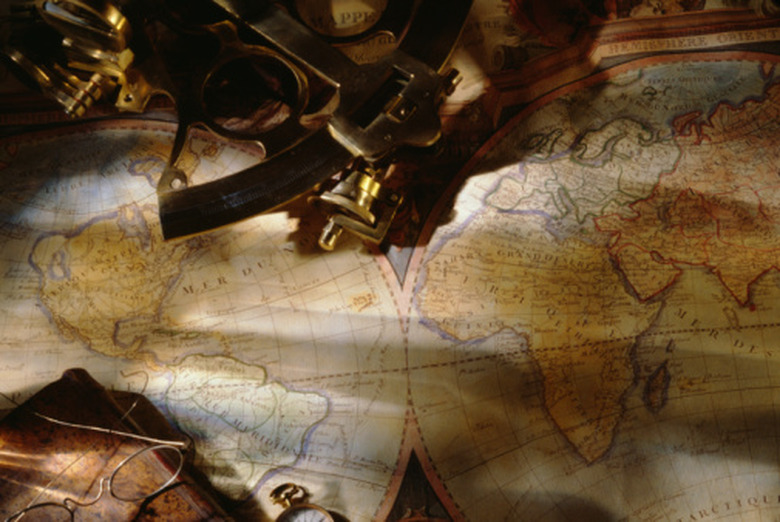What Are The Parts Of A Sextant?
A sextant is an instrument that is used to determine the angle between the horizon and a celestial body such as the Sun, the Moon or a star, and used in navigation to determine longitude and latitude. The name sextant comes from the Latin "sextus," meaning "one-sixth," as the sextant's arc spans 60 degrees. The sextant is made up of a number of different parts, which have to be arranged to take a reading.
Small Mirror Regulation Screw
Small Mirror Regulation Screw
The small mirror regulation screw is used to adjust the horizon mirror.
Frame
Frame
The frame provides the structure for the other parts of the sextant.
Release Levers
Release Levers
The release levers disengage the index arm, which holds the sextant in place, from the arc scale, allowing the index arm to move freely.
Filter
Filter
The filter is a colored transparent strip that protect the user's eyes from the sun in a similar manner to sunglasses.
Telescope
Telescope
The telescope directs the user's eyes to the horizon glass and magnifies the objects under observation.
Telescope Clamp
Telescope Clamp
The telescope clamp is a reinforcing circle that attaches the telescope to the sextant.
Eyepiece
Eyepiece
The eyepiece is the lens through which the user looks through the telescope.
Telescopic Printing
Telescopic Printing
The telescopic printing is the tube attaching the eyepiece to the telescope, which can be twisted for lens adjustment.
Horizon Glass
Horizon Glass
The horizon glass allows the user to look at one object directly on one side and observe a second object reflected next to it. One half of the horizon glass is silvered to convert the glass portion into a mirror, while the other side is clear glass.
Index Plate
Index Plate
The index plate is a large polished plate reflecting objects onto the horizon glass.
Vernier Scale
Vernier Scale
The Vernier scale is attached to the index arm, next to the micrometer drum and indicates tenths of a degree of an angle.
Micrometer Drum
Micrometer Drum
The micrometer drum is attached to the lower end of the index arm and rotated to make fine adjustments when measuring angles, and indicates minutes of a degree of angle.
Cite This Article
MLA
Slingo, Mark. "What Are The Parts Of A Sextant?" sciencing.com, https://www.sciencing.com/parts-sextant-7438834/. 24 April 2017.
APA
Slingo, Mark. (2017, April 24). What Are The Parts Of A Sextant?. sciencing.com. Retrieved from https://www.sciencing.com/parts-sextant-7438834/
Chicago
Slingo, Mark. What Are The Parts Of A Sextant? last modified March 24, 2022. https://www.sciencing.com/parts-sextant-7438834/
